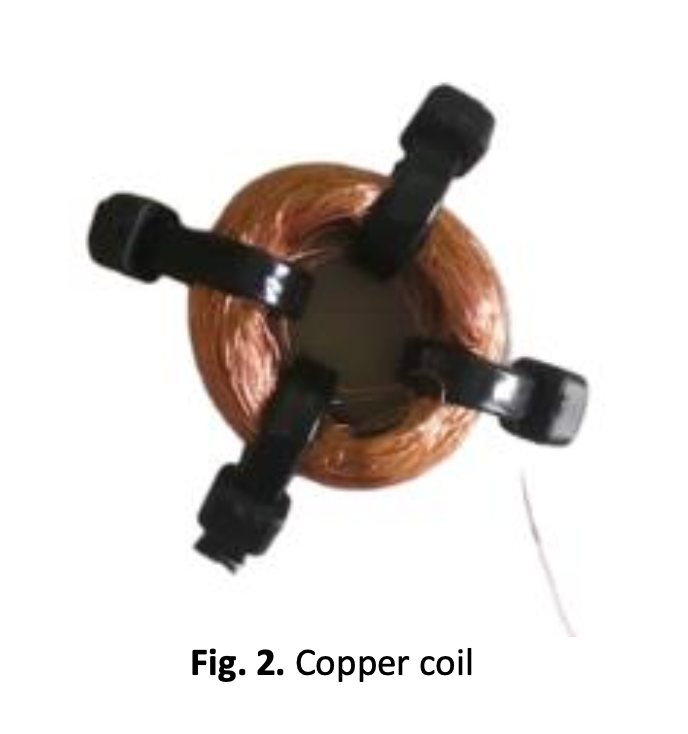The Potential of Flutter-Based Windbelt for Energy Generation in Low-Wind-Speed Regions: A Case Study in Malaysia
DOI:
https://doi.org/10.37934/arfmts.107.1.125141Keywords:
Renewable energy, low wind speed, flutter-based windbelts, energy generationAbstract
The need to reduce carbon emissions from conventional electricity generation has led to research into alternative renewable energy solutions, including wind energy. However, conventional wind turbines are not practical in Malaysia due to their size, cost and low wind speeds. Therefore, recent research has focused on the development of small wind energy generation systems, such as wind-induced vibratory devices, for small-scale power generation. This study aims to enhance the design parameters of a flutter-based windbelt with an electromagnetic conversion mechanism specifically tailored to optimise the use of low wind speeds in Malaysia. Various factors such as wind speed, wind direction, magnet position, magnet size and device length were studied to understand their influence on energy generation. The study conducted experiments in controlled and uncontrolled environments, with the latter chosen in a location known for its high wind potential. Five experiments were conducted and measurements were taken three times to ensure accuracy of the data. The results showed that wind speed and magnet size were positively correlated with voltage generation, while wind direction and magnet coil position had more complex relationships. These results contribute to a better understanding of windbelt performance and identify opportunities to optimise windbelt design and placement. Future research could further investigate factors such as turbulence and find ways to integrate the wind belt into more significant devices.
Downloads
































